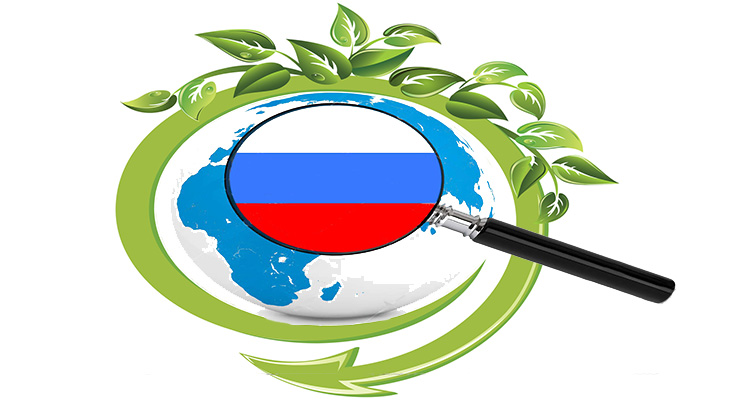
The Definition of Biomass Energy
-
What is biomass?
The European Directive 2009/28/EC on the promotion of the use of energy from renewable sources gives us the definition of biomass:
Biomass means the biodegradable fraction of products, waste and residues from biological origin from agriculture ( including vegetal and animal substances ), forestry and related industries including fisheries and aquaculture, as well as the biodegradable fraction of industrial and municipal waste.
In Russia, biomass is already used in some areas, but it only provides 1% of Russia’s total energy, about 9 Twh/year. However, Russia has a biomass technical potential of 431 Twh/year. Due to its developed pulp and paper industry, the northwestern Russia has a non-controversial potential to establish the biomass energy business.
-
What is biomass energy?
The biomass we have mentioned before can be converted and produce bio-energy, bio-fuel, and bio-products. So bio-energy is just a product which is made from biomass.
In 2009, Russia has published its Energy Strategy, which indicates that energy efficiency is in the position of priority by 2030, and until then, Russia should reach a 56% energy reduction, which compares to the 2005 level.
In that case, the bio-energy industry is becoming a shiny rising area, for example, the rapidly increased number of wood pellet plants. If we convert all the potential biomass in Russia into electrical power, it could provide nearly 15,000 Mwe. And the potential biomass we are talking about is something we called waste. And also, due to the reconstruction of pulp and paper plants, there would be a large amount of wood waste which is available to be converted to bio-energy. And the first thing we have to do is to pelletize the wood waste into pellet, and then you can sell the pellet around the world.
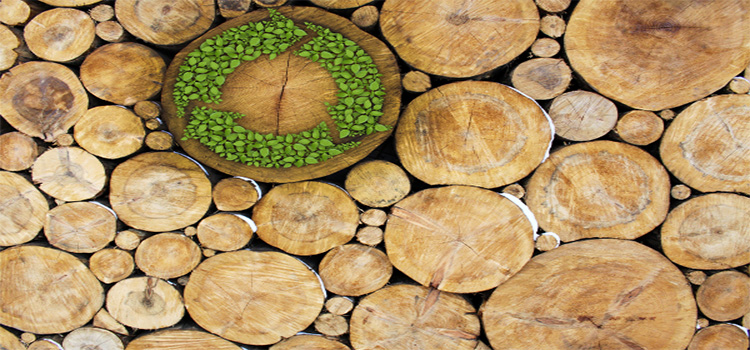
The Potential of Development Bio-based Economy
Russia is the largest country in the world. Because of its abundant natural resources, it is one of the main energy exporting countries in the world, and its economic growth is driven by energy exports. Although it is mainly focused on fossil fuel, Russia also has a various sources of biomass. The main sources of biomass has been written as follow:
- organic waste of the timber processing
- organic waste of agricultural business
- municipal waste: wastewater and domestic solid waste (DSW)
- peat
- energy plantations
But we have to realize that biomass is not so popular in Russia, because most of the people do not know the value of biomass. Except the hydro-energy, the whole country does not use any of the renewable energy. The agricultural companies of Russia produce 600 million tonnes of waste per year, and most of the waste has been left on the countryside and has been a main pollution to the soil and water. According to this situation, we should know that Russia gives us a perfect biomass source to develop bio-energy, and it has great potential of development bio-based economy.
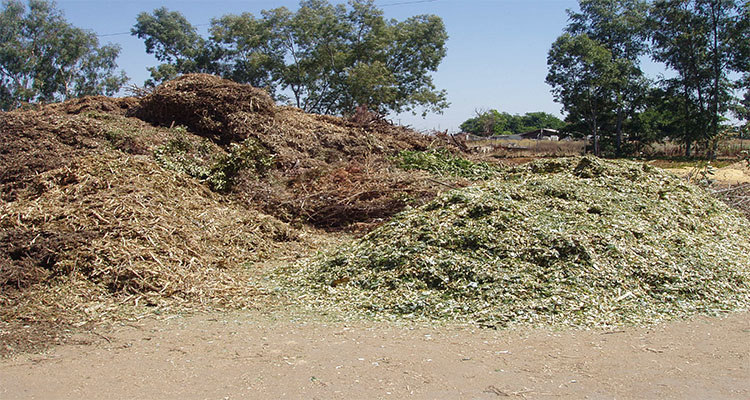
The Sources to Make Wood Pellets
-
Timber

Russia holds the most abundant forest resources in the whole world, and also, it holds the largest forest reserves which is about 82 billion cubic meters, nearly a quarter of the world’s total forest reserves. The determination of forest harvest of Russia is the forth around the world. Based on the rich reserves, the wood processing industry has well developed in Russia. But there are still some changes in wood processing industry in recent years. The main product of the wood processing industry before is the raw wood, such as round logs. The export of low value-added products is certainly negative for economic growth, so the government starts to reduce the export of low value-added products, such as: timbers and logs. This policy has been a strong influencer of the wood processing industry in Russia.
In the table below, you can see the big changes in wood processing industry of Russia in 2012:
| measure | volume | growth/decline | |
| round logs | million cubic meters | 89.6 | -3.2% |
| wooden fuel chips | thousand cubic meters | 337 | +31.9% |
| wooden pellets | thousand tonnes | 791 | +100% |
Tips: the growth or decline part is comparing to 2011.
As you can see, the wooden pellets section is growing rapidly. The manufacturing of wood pellet is very popular in the Krasnoyarsk and Khabarovsk Territories. Not only the wood pellets, but also some other wooden products has been manufactured, and are increasing stably, such as briquettes and husk pellets.
In 2012, the Russian wood pellets are exported to 16 countries, mostly European countries, such as: Denmark, Sweden, Latvia, Belgium, and Poland. This result provides a stable export direction for the wooden pellet manufacturers in Russia.
-
Agricultural waste
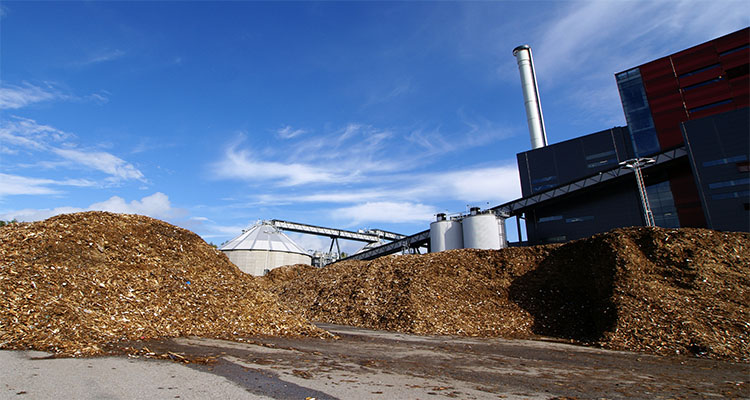
Due to its wide acreage of land, Russia is also one of the largest agicultural countries in the world. The whole agricultural industry of Russia produces 773 million tonnes of waste annually, you can see the statistical data as follow:
Livestock farming: 350 million tonnes(53 million tonnes dry)
Poultry farming: 23 million tonnes(5.75 million tonnes dry)
Crop growing: 220 million tonnes(150 million tonnes dry)
With the large amount of agricultural waste, the utilization of agricultural waste is extremely low in Russia. Typically, the agricultural waste has been stored and then used as a natural fertilizer, only the husk has a better treatment, which has been pelletized and use to produce heat for home use.
The agriculture waste of Russia holds a strong potential for producing biogas. If we use the agricultural waste to make biogas, it can provide 66 billion cubic meters of biogas, and 112 million tonnes of high quality fertilizers. It can benefit not only the economic growth, but also the energy saving.
-
Solid municipal waste
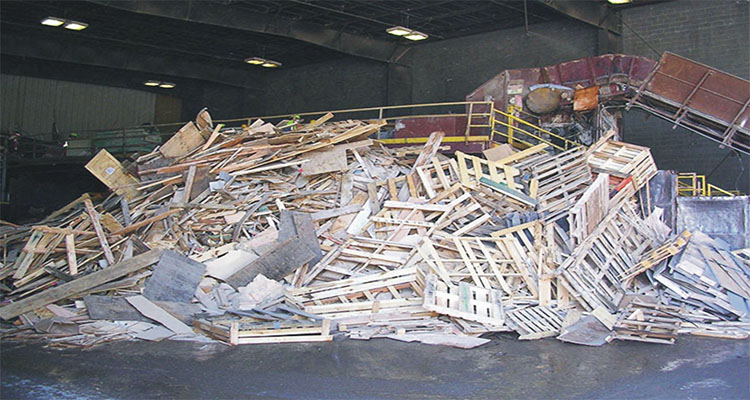
The volume of solid municipal waste in Russia is about 40 million tonnes per year, but almost 90% of them has been buried underground. The research indicates that about 14 million tonnes of the solid municipal waste has the potential for recycling, but in fact, less than 10% of them has been utilized.
So far, the whole country has 100 billion tonnes of waste, among with toxic waste. There is no such a tradition of separate the waste collection, so the whole country is lack of separation. As the research shows, the utilization of the pre-separated waste is nearly 90%, but the utilization of the non pre-separated waste is about 15%. It is also an opportunity to start a waste sorting facility and use the pre-separated waste for bio-energy production.
